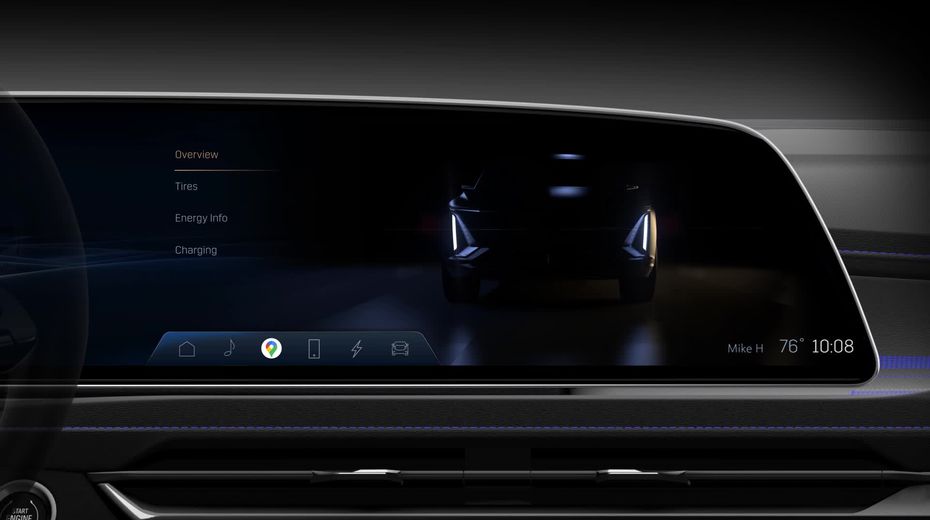The upcoming Cadillac Lyriq SUV is the first electric car for the Cadillac car brand, but it’s the reimagined dashboard display spanning 33 inches across that attracts the most attention. Mercedes-Benz also has a massive 56-inch Hyperscreen that will be available soon in its first EV.
These car screens and others introduced at the annual tech show CES feature a new user interface that looks more like a well-rendered video game than an infotainment display to turn up the heat or play a podcast.
Past CES shows used to wow with announcements about bigger and bigger dashboard screens, but now it’s about what’s on them. Images literally pop thanks to 3D renderings, and augmented reality projections layer information on top of the real world.
The Lyriq’s 33-inch LED display stands out on its own, but its graphics feel almost too sharp for a screen stuck in a car. The 3D models of the car that appear on-screen for certain menu settings that give away that Cadillac worked with gaming, film, and creative design firms including Territory Studio and Rightpoint. Those are creative teams that normally don’t work on car tech.
Interactive 3D models for fairly mundane features, like checking vehicle health and adjusting audio and climate settings, become like selecting your video game character’s outfit and weapons. Below is the car health app to check on the vehicle’s tires, batteries, and other parts. You can swivel the car around and touch different parts of the car for more information.

While the Mercedes Hyperscreen is a lot of screen with voice control and a separate passenger side entertainment center, it’s the AR heads-up display on the windshield that takes the driving experience to the next level. With markers that appear on the road to keep you in the lane or flag your destination, the typical car screen experience moves onto the road.
While Tesla is known for its realistic road graphics on its center screen, its 3D visualizations don’t get projected onto the road ahead of the driver like this.

Also in new Mercedes vehicles, AR projections level up with the Cerence-powered “Travel Knowledge” feature that lets the driver glance across the street in many major cities and ask the Mercedes voice assistant, “What’s that building up ahead?”
There was also a screen interface redesign for the BMW iDrive system teased at CES before it’s officially unveiled in the upcoming BMW iX electric vehicle. With a history of adding new tech features into cars before they become standard (like internet access in the car in 2007 or gesture control in 2015), enhanced imagery and better AR graphics seem likely.

Expect better graphics on the new electric BMW.
Image: bmw
While only a concept, at CES this year the Samsung-owned car audio brand Harman introduced the idea of gaming in the car. The front screen turns into a video game display with high-quality graphics. The gaming feature would only be accessible while the car is parked.
For the rest of us with cars that don’t even have a basic touchscreen let alone a 3D model display, aftermarket auto product company Pioneer has a solution.

Add a touchscreen.
Image: pioneer
You can install a 6.8- or 9-inch touchscreen into certain older vehicles and have access to Amazon Alexa voice assistance or Apple CarPlay or Android Auto when you connect your smartphone to the car. It’s basic graphics without the video game quality or sharpness, but it turns your “dumb” car into a smarter one.
It’s no Hyperscreen, but it’s a screen.
